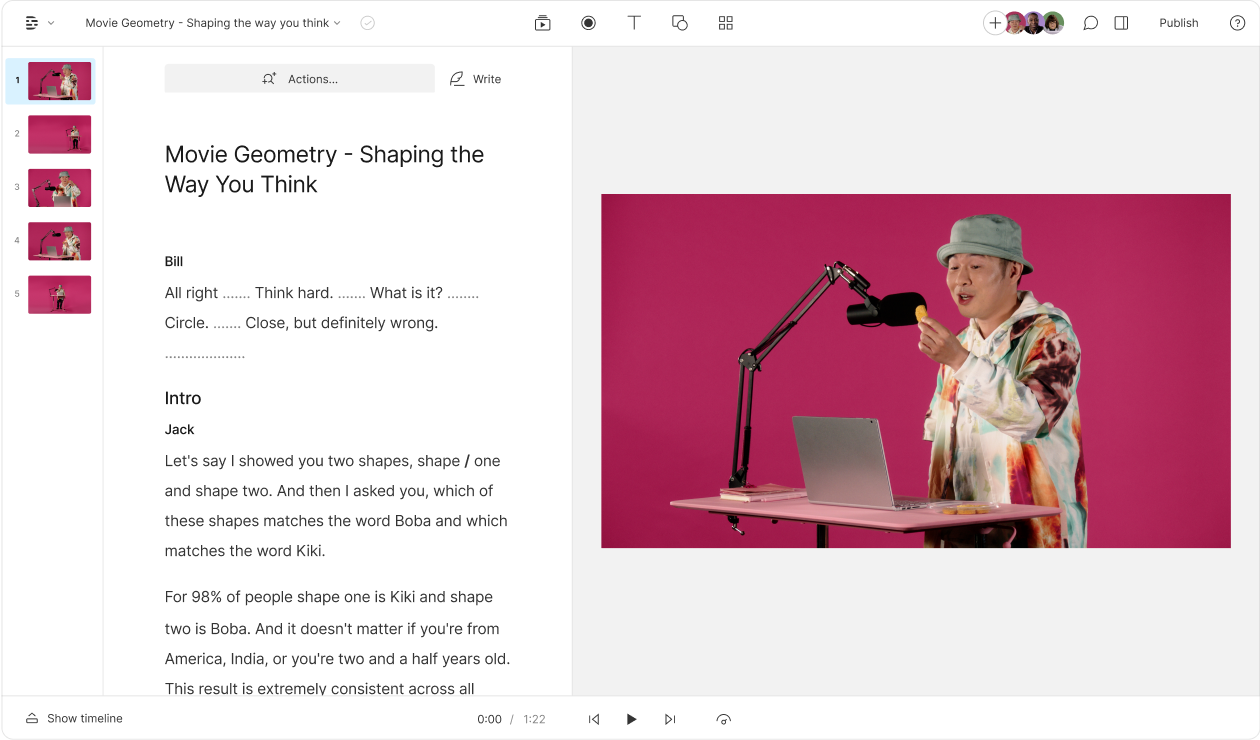What type of content do you primarily create?




There's a lot of focus on what designers need to learn to succeed in the age of AI. But while things are changing, that doesn't mean what we already know no longer applies. If all the LinkedIn posts about your impending obsolescence are stressing you out, let me reassure you: the value of what you already know still outweighs the gaps you need to fill. Here's what you don't need to learn because you already know it.
1. The importance of why
Most people working on "AI-powered" tools need to relearn the difference between a feature and a benefit. But you already know users stick with your product not because of how it works, but because of what it does for them. Being in tune with what users actually need matters more than following the hype.
2. Why we have affordances
Remember when UI got really flat and, as a result, really hard to use? Affordances—cues that tell users how to interact with your product—still matter. AI products can literally tell users how to interact with them, but if that was really the best solution, wouldn't Clippy still be alive? Sometimes a UI affordance is the most efficient, intuitive way to help users understand your product. Even if your agent can do everything, a chat box alone doesn't tell users much.
3. How diverse users really are
While we’re on chat boxes, you've probably heard someone say they’re going to kill all other UI design because "natural language is the best interface." Tell that to someone who's non-verbal, struggles with aphasia, or speaks a language underrepresented in AI training data. I work on creator tools, and some things are just hard to put into words—even without those barriers. Different things work for different people, and people are very different.
4. When surprise is not delightful
Another important difference to remember is the difference between surprise and delight. Predictability is key to usability. It’s how users learn to be successful in your product. Sometimes a little predictability is a fair trade for a capability users wouldn’t otherwise have. When you’re someone without much artistic skill, the unpredictability of generative imagery is fine. But when money or safety are involved, users need to know the product will do what they expect it to. As a designer, you know how important trust is to your users, and how bad UX can burn it.
5. How to human
The most important thing designers already know is how human beings work. This is where you can help keep your company from chasing hype off a cliff. There's an emotional aspect to how we use technology that current AI tools don't account for—like creative tools automating parts of the process creators actually enjoy. A lot is changing in technology, but what it means to be human stays mostly the same. If your design practice to date has been human-centered, you're still on the right track.























%201.svg)





